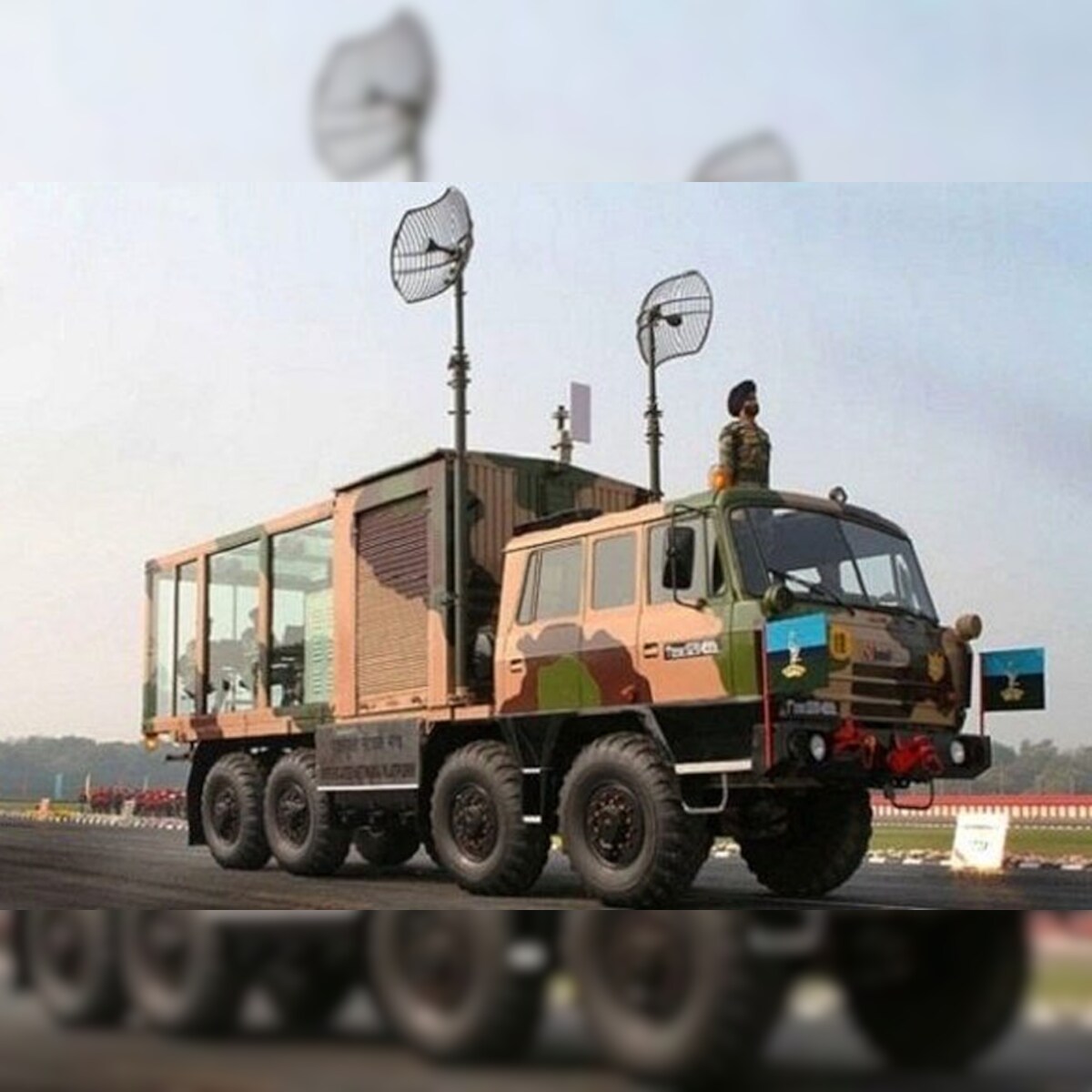
The Little Known Benefits of Transport for Defence Projects
Introduction to Transport for Defence Projects
There are many benefits of transport for defence projects that are often overlooked. One of the most important benefits is the ability to improve communication and coordination between different branches of the military. This can be vital in ensuring that different branches are able to work together effectively in order to achieve their objectives.
Another benefit of transport for defence projects is the ability to increase the mobility of troops and equipment. This can be essential in ensuring that troops are able to quickly respond to changes in the battlefield or to reach their targets.
In addition, transport for defence projects can also help to improve the logistics of military operations. This includes improving the efficiency of supplies and materials being transported to and from the front line.
Finally, transport for defence projects can also help to boost morale among troops. Being able to move around more easily and having access to better facilities can help to make life in the military more bearable and improve motivation levels.
Advantages of Transport for Defence Projects
There are many advantages of transport for defence projects. One is that it can help to move heavy equipment and materials from one location to another. This can be extremely useful in cases where traditional methods of transportation, such as trucks or trains, would be too slow or impractical. Additionally, transport can also be used to evacuate personnel and equipment from an area in the event of an emergency. This can be a vital capability in times of conflict or natural disasters.
Another advantage of transport for defence projects is that it can help to reduce the overall cost of a project. This is because transporting materials and equipment by air is often much cheaper than doing so by land or sea. Additionally, transport can help to speed up the construction process by allowing workers and materials to be moved to the site more quickly.
Overall, transport can provide a wide range of benefits for defence projects. It can help to move materials and personnel more quickly and efficiently, while also reducing costs. This makes it an essential tool for any organisation involved in defence work.
Challenges Faced During Transport for Defence Projects
Transporting defence projects can be challenging for a number of reasons. First, many defence projects are large and complex, making them difficult to transport. Second, defence projects often need to be transported to remote or difficult-to-reach locations. Finally, defence projects often have tight security requirements, which can make transportation more difficult and expensive.
Solutions to These Challenges
There are many potential solutions to the challenges of transport for defence projects. One solution is to use a dedicated team of transport professionals who are experienced in managing these types of projects. Another solution is to use a specialist provider who has the necessary experience and expertise.
Another solution is to improve communication and coordination between the different parties involved in the project. This can be done by setting up clear lines of communication and ensuring that everyone is aware of their roles and responsibilities.
Finally, it is important to have a good plan in place from the start. This should include an assessment of the risks involved and a detailed plan for how to avoid or mitigate these risks. By having a well-thought-out plan, you can make sure that your project runs smoothly and efficiently, minimising the chances of any problems arising.
Case Studies of Successful Transport for Defence Projects
There are many benefits to transport for defence projects, but one of the most important is that it can be used to help improve communication and coordination between different parts of the defence forces. In this way, it can contribute to the effectiveness of the whole force.
In order to ensure the best possible outcomes for transport for defence projects, it is important to carefully consider all aspects of the project from start to finish. This includes everything from the initial feasibility study through to the final implementation and evaluation stage.
One of the best ways to learn about transport for defence projects is to examine case studies of successful ones that have been completed in the past. These case studies can provide valuable insights into what works well and what does not work so well. They can also help identify any potential risks that need to be considered.
Some examples of successful transport for defence projects include:
- The use of airlift operations to move troops and supplies quickly into an area during a crisis or conflict.
- The development of a new port or airfield facilities in order to support increased traffic levels.
- The construction of a new railway line or road network in order to improve connectivity between different parts of the country.
Conclusion
The efficiency and security benefits of transport for defence projects are often overlooked, but can be a major asset for any organization involved in this sector. With careful planning and consideration, an efficient supply chain that includes the use of transportation can help to ensure the success of any project and reduce risks associated with time delays. By taking advantage of these little known benefits, organizations will be better able to meet their operational needs while staying within budget.